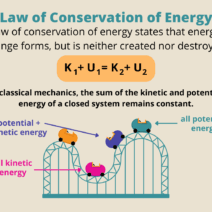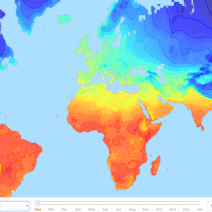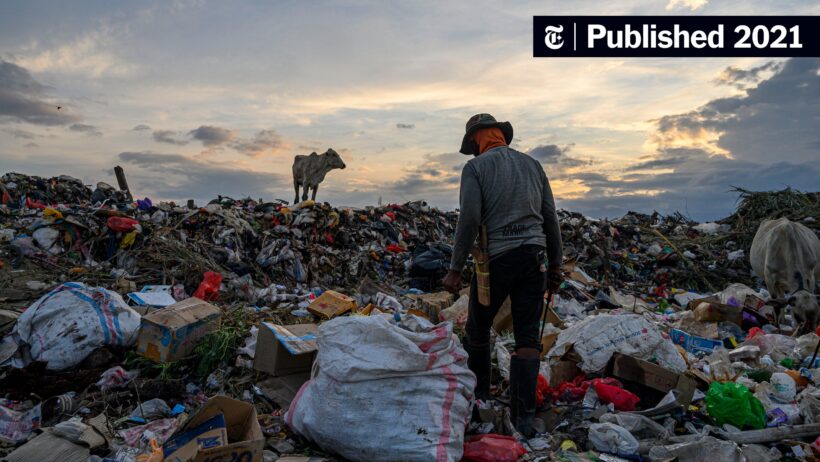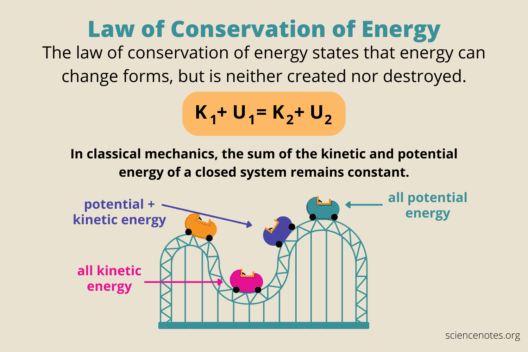The proliferation of single-use plastics has become a significant focal point in discussions surrounding environmental conservation and global warming. At first glance, the connection between these ubiquitous items and climate change may not be readily apparent. After all, single-use plastics are often discussed in the context of pollution, marine life degradation, and landfill overflow. However, a deeper exploration reveals that their impact on global warming is far more insidious and pernicious than many realize.
Single-use plastics, which comprise items like straws, cutlery, and packaging, are characterized by their intended disposal after one brief interaction. According to industry estimates, millions of tons of these products enter the waste stream annually, contributing to a daunting environmental crisis. The relationship between plastics and greenhouse gas emissions is an intricate web of manufacturing processes, transportation, consumption patterns, and waste management failures.
To understand the nuances, consider the lifecycle of a plastic product. The majority of single-use plastics are derived from fossil fuels—primarily crude oil and natural gas. The extraction and refinement of these resources are not without consequence. The processes involved are energy-intensive, emitting large quantities of carbon dioxide and other greenhouse gases into the atmosphere. In fact, it is estimated that petroleum extraction and plastic manufacturing account for significant portions of global greenhouse gas emissions, escalating concerns about the true environmental costs of single-use plastics.
Moreover, the transportation of these plastic products further exacerbates the carbon footprint. Once manufactured, single-use plastics traverse vast distances to reach consumers, resulting in additional emissions from logistics and distribution networks. This often-overlooked aspect of the plastic lifecycle highlights how our demand for convenience directly translates into increased atmospheric carbon levels.
Once these plastics are utilized, they often make their way into landfills or, regrettably, into our ecosystems. While the immediate concern may be plastic pollution, the long-term implications include the release of methane during the decomposition process. Landfills, particularly those inadequately managed, can become significant sources of methane—a greenhouse gas that is, in fact, more potent than carbon dioxide over a short-term timeframe. The notion that single-use plastics merely occupy space at a landfill belies the potential for further exacerbation of global warming.
Compounding this issue, incineration has been commonly suggested as a solution for the disposal of plastic waste. While it is true that incineration can reduce the physical volume of waste, it also releases carbon dioxide and other toxins into the atmosphere. The energy produced from burning plastic can be misleadingly marketed as “renewable,” yet the reality remains that this process contributes to the overall increase of greenhouse gases. Thus, the promise of a quick fix through incineration fails to account for long-term climatic ramifications.
Moreover, single-use plastics are intimately tied to the tactical behaviors of consumers. The culture of convenience fosters a cycle of overconsumption. Shoppers often opt for single-use plastic items without considering the cumulative environmental impacts. This behavior underscores the need for education and awareness-building initiatives to shift consumer patterns away from this damaging norm. A conscientious consumer is crucial in diminishing the demand for products that play a significant role in climate degradation.
Alternatives to single-use plastics are becoming more prevalent but require shifts in both policy and public sentiment. Biodegradable options, reusable products, and innovative packaging solutions are all part of a burgeoning movement toward sustainability. However, these alternatives must be supported by robust systemic changes that discourage plastic production and promote environmentally sound practices. The transition demands cooperation among manufacturers, retailers, and governmental entities, positioning this as not just a consumer issue but a societal one.
The vast networks of industry that perpetuate the status quo resist change, often under the guise of economic necessity. Lobbying by the fossil fuel and plastics industries has stifled legislative efforts aimed at curbing production and promoting alternatives. This intersection of economic power and environmental responsibility unveils the larger dilemma: how do we balance economic interests with planetary health?
Public policy must shift towards recognizing the broad-reaching implications of single-use plastics. Tax incentives for sustainable practices, stringent regulations on plastic production, and funding for research into renewable materials are essential. Such policies would not only reduce the immediate impacts of plastic waste but also signify a commitment to mitigating climate change far beyond surface-level interventions.
On a micro level, communities can mobilize to initiate grassroots movements that advocate for reduced plastic usage. Local ordinances banning single-use plastics have gained traction in various municipalities, serving as a model for broader action. These small victories can galvanize public support, creating a ripple effect that influences larger legislative change.
In conclusion, the impact of single-use plastics on global warming cannot be overstated. The complexity of their lifecycle—from production to disposal—demonstrates a multifaceted relationship with greenhouse gas emissions that warrants urgent attention. By fostering awareness, shifting consumer behaviors, instituting proactive policies, and championing sustainable alternatives, society can tackle this pressing issue head-on. Empowering both individuals and communities to act responsibly will play a pivotal role in combating one of the most pernicious threats to our environment today.






